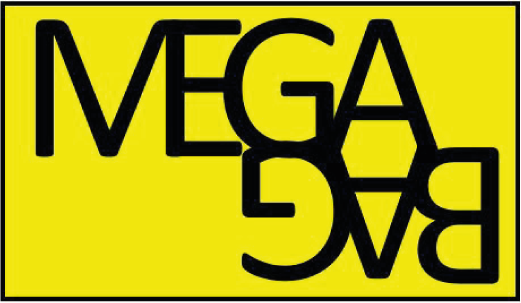In recent years, Non-Fungible Tokens (NFTs) have emerged as a new and innovative asset class that is gaining popularity among investors and collectors. NFTs are unique digital assets that represent ownership of a specific item or piece of content, such as art, music, collectibles, and even virtual real estate. Unlike cryptocurrencies like Bitcoin or Ethereum, which are fungible and can be exchanged for one another, NFTs are non-fungible and cannot be exchanged on a one-to-one basis.
The rise of NFTs has opened up new opportunities for portfolio diversification for investors looking to add alternative assets to their investment mix. Traditionally, investors have focused on stocks, bonds, real estate, and commodities as the main components of their investment portfolios. However, with the growing popularity of NFTs, investors now have the opportunity to diversify their portfolios further by including these unique digital assets.
One of the key benefits of integrating NFTs into a portfolio is the potential for high returns. NFTs have seen significant growth in value in recent years, with some digital assets selling for millions of dollars. Investing in NFTs can provide investors with exposure to new and emerging markets, as well as the potential for capital appreciation. Additionally, NFTs can serve as a hedge against traditional market risks, as their value is not directly tied to the performance of the stock market or other traditional assets.
Another advantage of adding NFTs to a portfolio is the ability to access new and diverse investment opportunities. With NFTs, investors can participate in the digital art market, the gaming industry, and other emerging sectors that were previously inaccessible through traditional investment methods. By diversifying their portfolios with NFTs, investors can take advantage of the unique opportunities offered by these digital assets and potentially achieve higher returns than would be possible with traditional investments alone.
However, it is important for investors to exercise caution when integrating NFTs into their portfolios. The NFT market is still relatively new and can be highly volatile, with prices fluctuating rapidly based on market demand and investor sentiment. Additionally, the regulatory environment surrounding NFTs is still evolving, which could pose risks for investors in the future. To mitigate these risks, investors should conduct thorough research on NFTs, carefully consider their investment goals and risk tolerance, and consult with a financial advisor before adding NFTs to their portfolios.
In conclusion, integrating NFTs for portfolio diversification can offer investors a unique opportunity to access new markets, achieve high returns, and hedge against traditional market risks. NFTs have the potential to enhance the overall performance of an investment portfolio and provide BTC Boost Max investors with exposure to innovative and emerging assets. However, investors should approach NFT investments with caution and conduct thorough due diligence to mitigate risks and ensure the long-term success of their portfolio diversification strategy. By carefully considering the benefits and risks of NFTs, investors can take advantage of this growing asset class to create a well-rounded and diversified investment portfolio.

